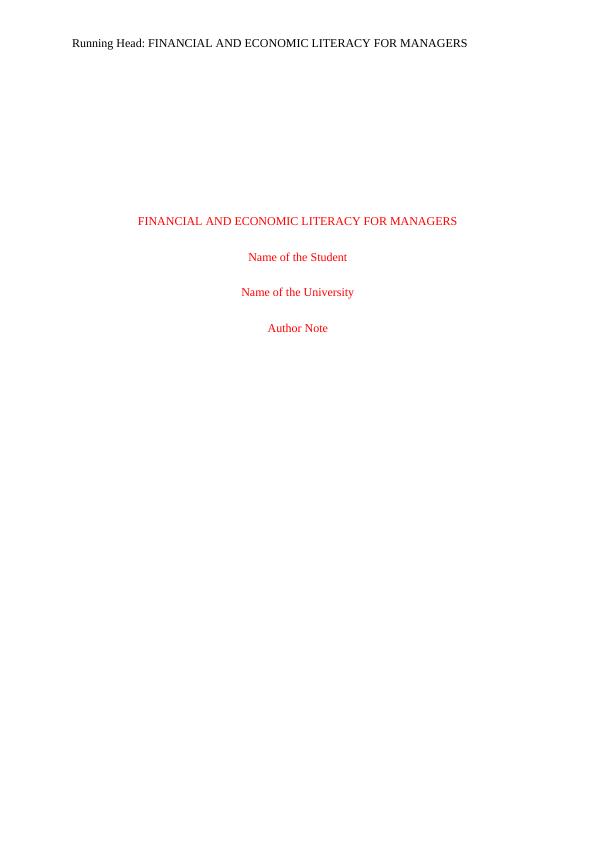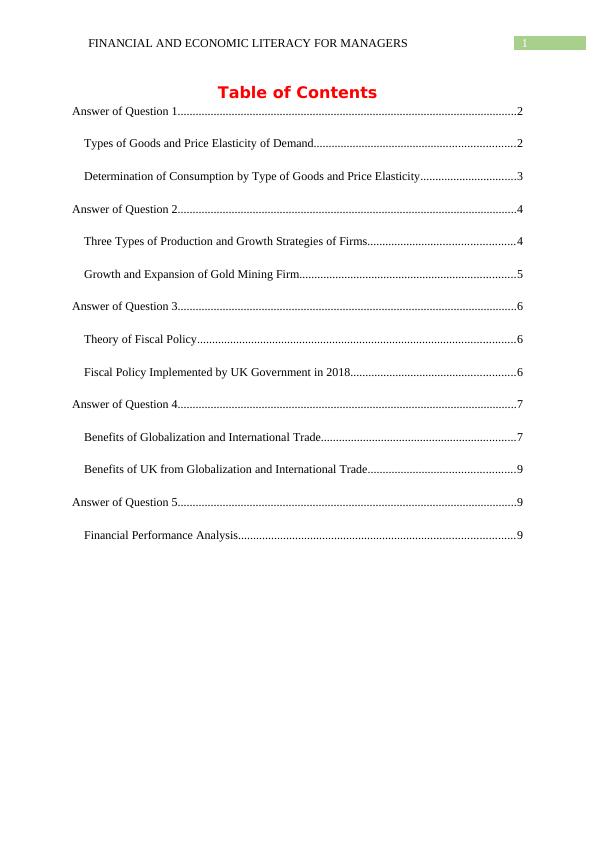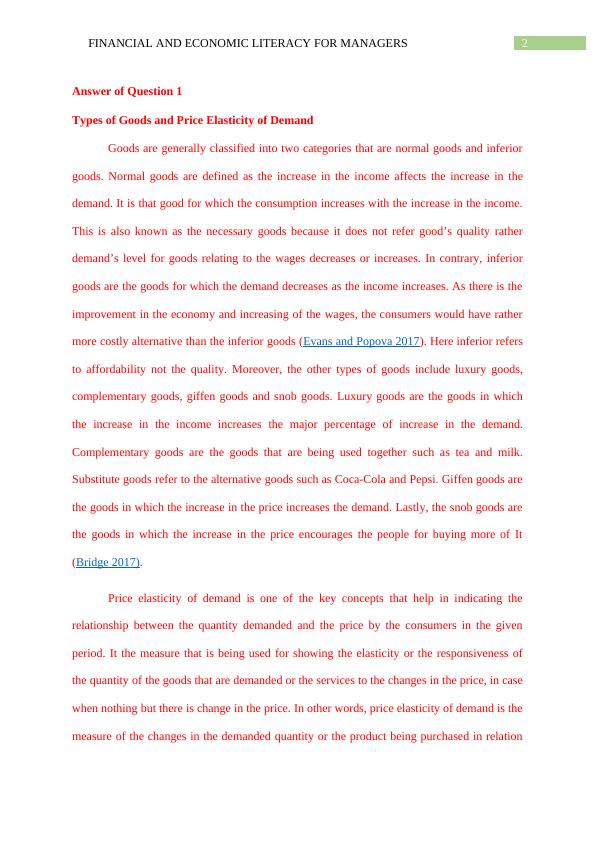Financial and Economic Literacy for Managers
Coursework brief for FELM4026 Financial and Economic Literacy for Managers, assessing learning outcomes related to business and financial economics in an international context, impact of governmental and economic policy on decision making, application of macro and micro concepts to business decision making, interpretation of financial information, and discussion of business strategies and their impact.
Added on 2022-11-16
About This Document
Financial and Economic Literacy for Managers
Coursework brief for FELM4026 Financial and Economic Literacy for Managers, assessing learning outcomes related to business and financial economics in an international context, impact of governmental and economic policy on decision making, application of macro and micro concepts to business decision making, interpretation of financial information, and discussion of business strategies and their impact.
Added on 2022-11-16
End of preview
Want to access all the pages? Upload your documents or become a member.




